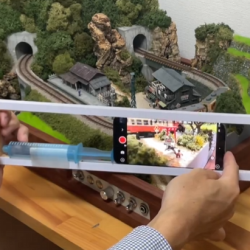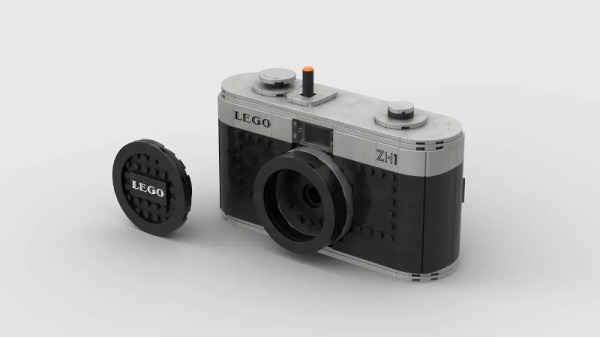What do you do with an old 3D printer? They’re full of interesting components, after all, from switches and motors to lovely smooth rails. [Mukesh Sankhla] had a great idea—why not repurpose the components into a motorized camera slider?
The heart of the slider is the 4020 V-slot aluminum profile. It’s upon this that the camera carriage rides, running on rubber rollers to keep things smooth. A stepper motor and belt are then used to move the slider at a constant speed up or down the rail while the camera gets the necessary shot. The build relies almost entirely on salvaged components, save for an ESP32, OLED screen, and a few buttons to act as the control interface. There are also the TMC2208 stepper motor drivers, of course, but they came from the salvaged Ender 3 unit as well.
This is a classic project. Many old 3D printers have pretty much the perfect set of parts to build a camera slider, making this build a no-brainer. Indeed, others have tread the same path. There are plenty of other potential uses around the lab or for soldering.
Meanwhile, the proof is in the pudding. Scope the slider’s performance in the video below.
Continue reading “Old 3D Printer Parts Repurposed Into DIY Camera Slider”


















